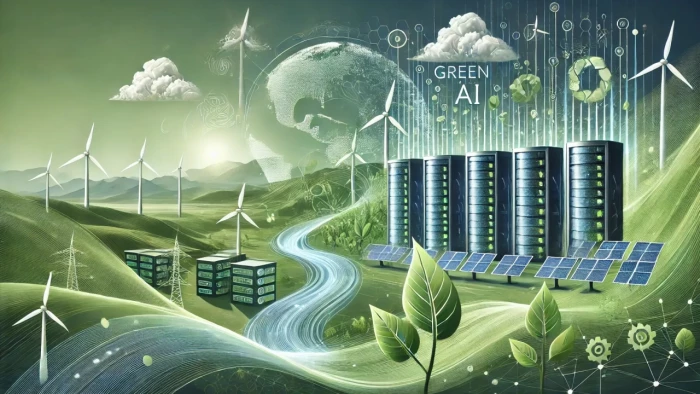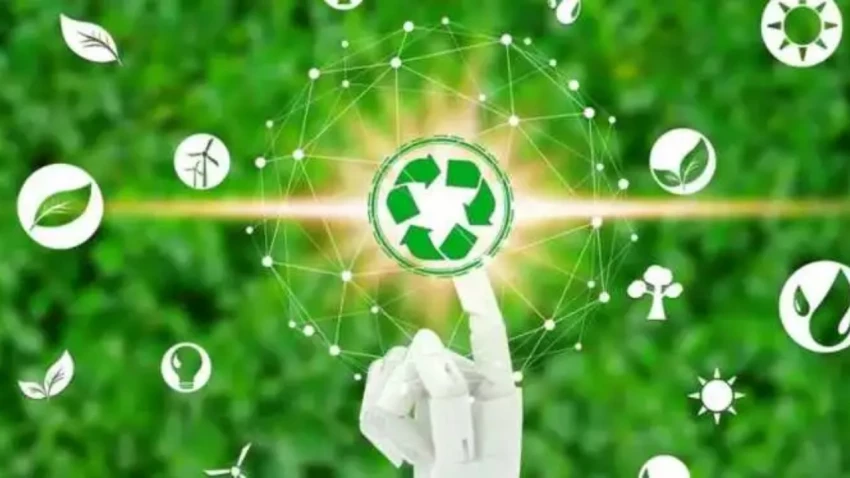

Artificial Intelligence (AI) often sparks debates about automation, ethics, and job security. But one conversation that deserves more attention is how AI contributes to sustainability. Can technology that consumes massive amounts of energy also help reduce global emissions and promote greener living? Let’s explore the green side of AI.
One of the biggest sustainability challenges is energy waste. According to the International Energy Agency (IEA), buildings consume 30% of global energy and account for 26% of energy-related CO₂ emissions (IEA). AI-powered systems now optimize heating, cooling, and lighting in real time, significantly cutting waste.
For instance, Google DeepMind applied AI to its data centers and reduced cooling energy usage by 40%. Imagine applying that model to commercial buildings worldwide. That’s billions of kilowatt-hours saved each year, translating to massive carbon reductions.
So the question becomes: should every office and apartment complex run on AI-driven energy systems? The evidence strongly suggests yes.
The biggest hurdle for renewable energy, like solar and wind, is unpredictability. Clouds roll in, winds die down, and suddenly supply dips. AI is changing that.
Machine learning models can forecast renewable energy production with up to 30% more accuracy than traditional methods. This means grid operators can better balance supply and demand without resorting to fossil fuel backups.
Microsoft and Google are already using AI to align their data center operations with times of peak renewable generation. Could this become the new standard for energy-intensive industries? If so, AI won’t just support sustainability; it will accelerate it.

Cities account for more than 70% of global CO₂ emissions (UN-Habitat). AI offers tools to reshape how cities function.
When cities use AI at scale, sustainability moves from theory to practice.
Feeding 8 billion people sustainably is one of the biggest challenges of this century. Agriculture consumes 70% of global freshwater and contributes 19–29% of greenhouse gas emissions. AI helps reduce that footprint.
If scaled, these tools could make agriculture more efficient while lowering emissions. Could AI be the key to feeding more people with fewer resources?
Accurate climate prediction is critical for shaping policy. Traditional models require enormous computing power and time. AI is now accelerating that process.
The Climate Change AI initiative brings together researchers using machine learning to model extreme weather, rising seas, and biodiversity loss. Google’s AI Earth Engine already analyzes petabytes of satellite data, helping governments monitor deforestation and illegal mining in real time.
This data informs policy, enabling governments to act faster. For example, Brazil reduced illegal deforestation alert response time by weeks thanks to AI-driven monitoring.
Here’s the paradox: training large AI models is energy-intensive. A single large language model can emit over 626,000 pounds of CO₂, equivalent to five cars over their lifetimes.
So does AI create more problems than it solves? The answer lies in balance. AI used irresponsibly can increase emissions. But applied strategically, in energy, agriculture, and cities, it offers solutions that far outweigh its costs.
Companies are now moving toward green AI, designing models that require less power to train and operate. With renewable-powered data centers, the carbon footprint of AI could shrink dramatically.
What does this mean for daily life? AI-powered tools are already helping individuals make greener choices.
AI is no longer abstract; it’s helping individuals live sustainably every day.
Artificial Intelligence is not a silver bullet for climate change. It consumes energy, requires resources, and has its environmental footprint. But when applied strategically, AI becomes a force multiplier for sustainability; optimizing systems, reducing waste, and accelerating the global transition to a low-carbon future.
The big question now is: will we prioritize green AI development or continue scaling models without sustainability in mind? The answer to that question will determine whether AI becomes part of the climate crisis or its solution.
Be the first to post comment!